King’s Place / Brooke House: From Thomas Cromwell’s Ambitions to Wartime Tragedy
Thomas Cromwell’s ownership of King’s Place, later known as Brooke House, was brief—less than a year—but true to form, the…
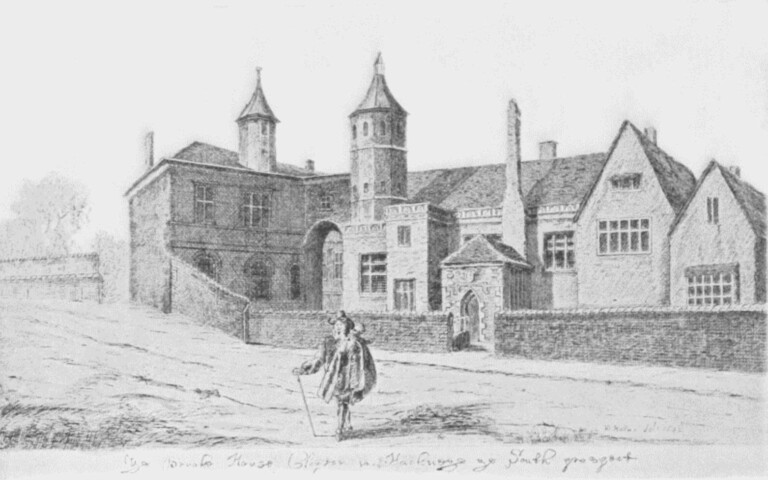
Thomas Cromwell’s ownership of King’s Place, later known as Brooke House, was brief—less than a year—but true to form, the…
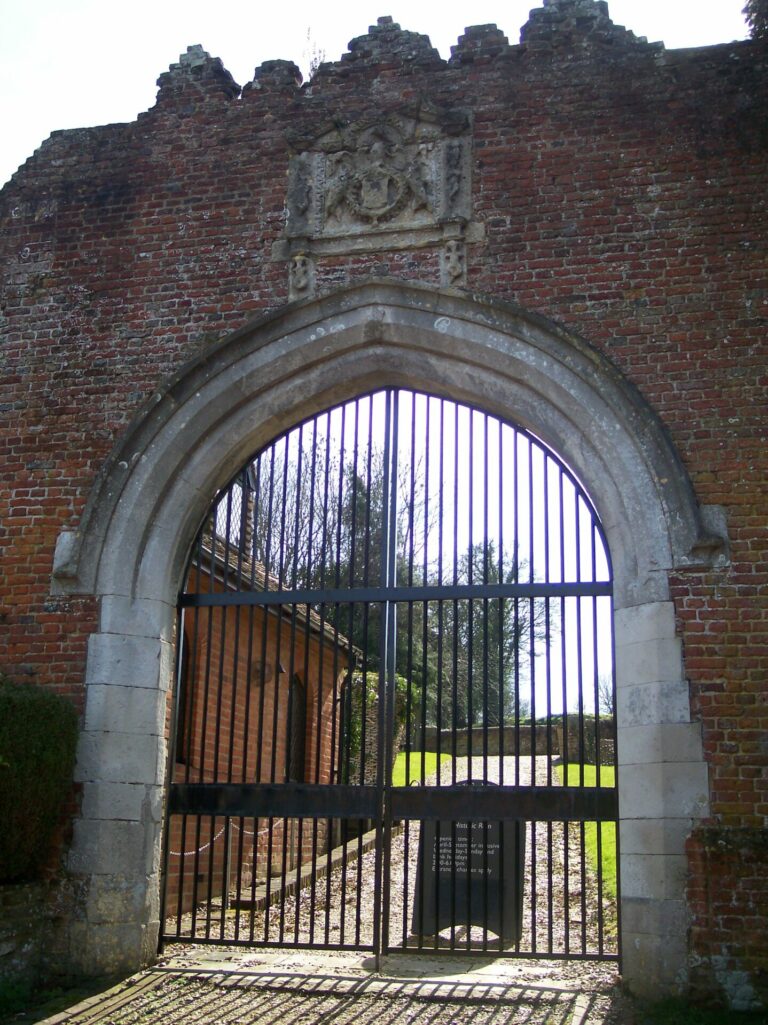
After a short journey from Sherbourne St John, Anne and Henry arrived at Basing House, the principal seat of Sir William Paulet, Comptroller of the King’s Household, on 19 October 1535. One of the finest residences in the country, Basing House covered over 14 acres, and parts of the building rose to five storeys high.
While it is unclear whereabouts in the building the royal couple stayed, records suggest the impromptu two day visit cost Sir William Paulet in the region of £6000 (£600,000 in today’s money).
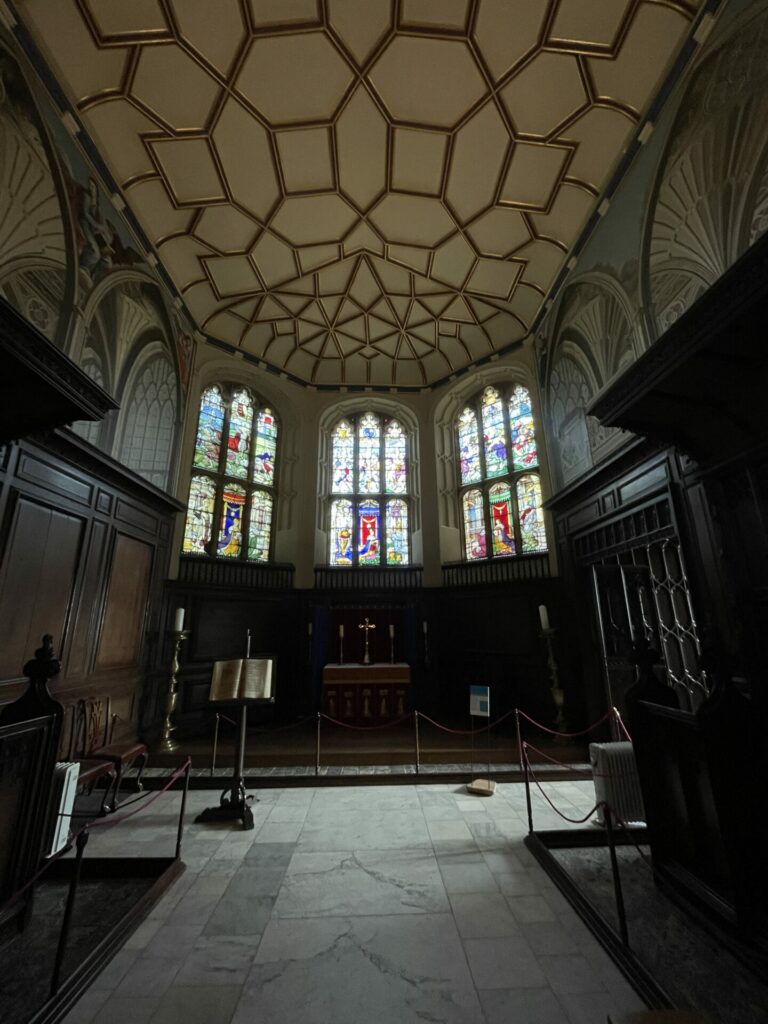
Anne and Henry stayed at the Vyne for four days from 15 October 1531. Once rivalling Hampton Court Palace in size, this magnificent moated manor house retains some of its original features and furnishings.
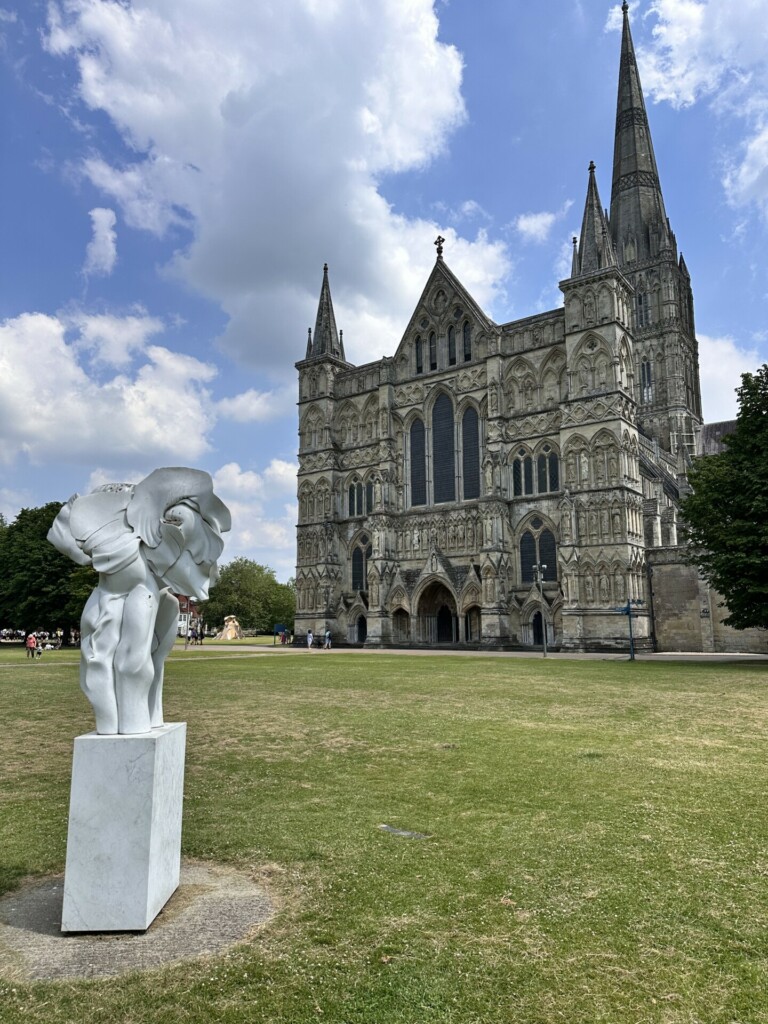
Anne and Henry likely stayed in the present-day Church House during their 1535 progress stop in Salisbury, in the oldest part, the western range, which faces onto the River Avon. This splendid Tudor house still stands today, with many of its medieval features intact.
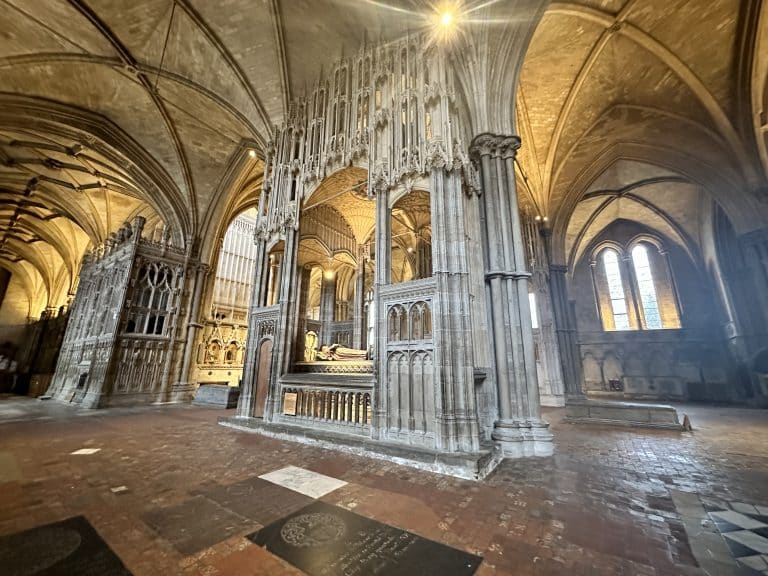
A once luxurious palace, It is likely that Henry and Anne stayed at Wolvesey during their 1535 progress. The intended plan was to stay at Winchester for four or five days but the royal couple were so delighted with the sport on offer, they extended their stay to at least two weeks.
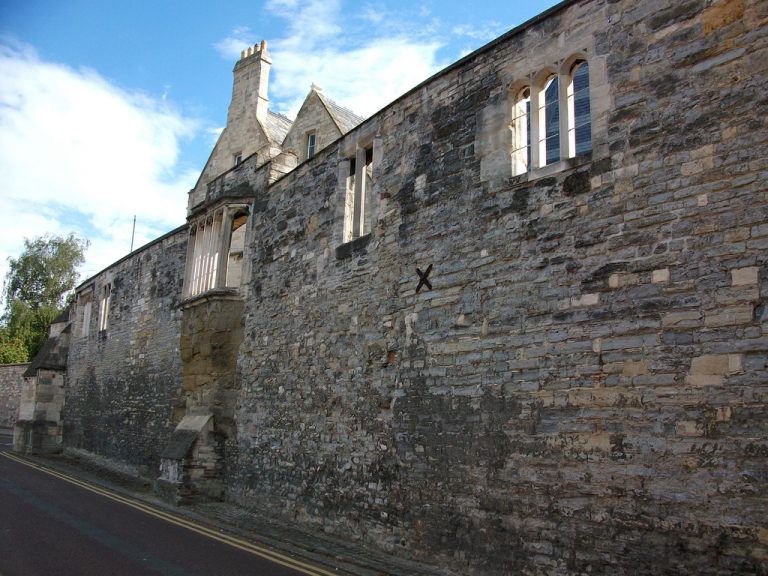
On Saturday 31 July, 1535 Henry and Anne were met by the Mayor of Gloucester, John Falconer; aldermen; sheriffs, Thomas Payne and Richard Edwardes, and about 100 or so burgesses of the ‘town of Gloucester’. They stayed in Gloucestershire for six days, leaving Gloucester itself on Sunday 7 August.
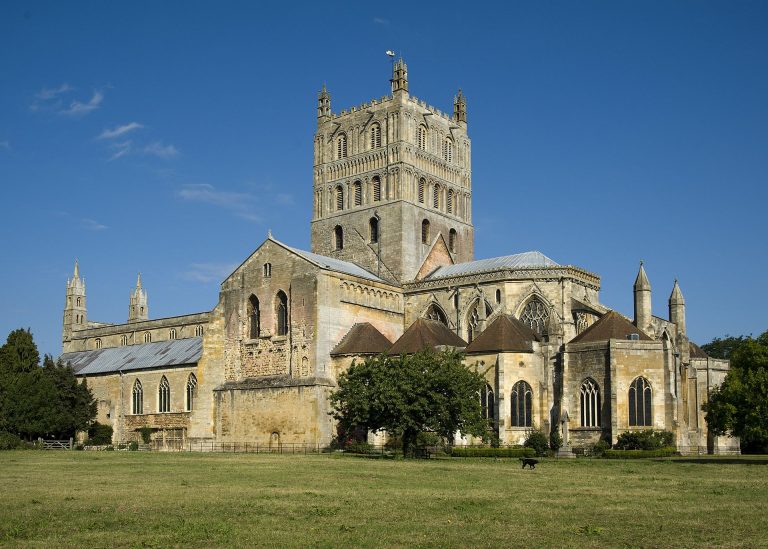
On Monday 26 July 1535, the royal party left Sudeley Castle and made the seven-mile journey north-west to Tewkesbury. In keeping with protocol for all royal arrivals, the mayor and other dignitaries would have received the king, queen and their retinue just outside the town, with the two parties merging to travel in procession to the cathedral or abbey church.
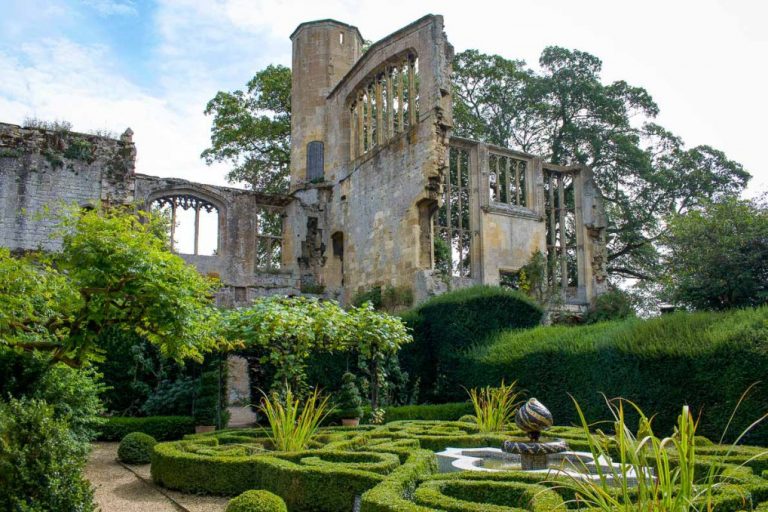
On Wednesday 21 July 1535, Anne and Henry made the fourteen-mile journey from Langley to Winchcombe in Gloucestershire. There they lodged at Sudeley Castle with their immediate retinue, while the rest of the court stayed at nearby Winchcombe Abbey.
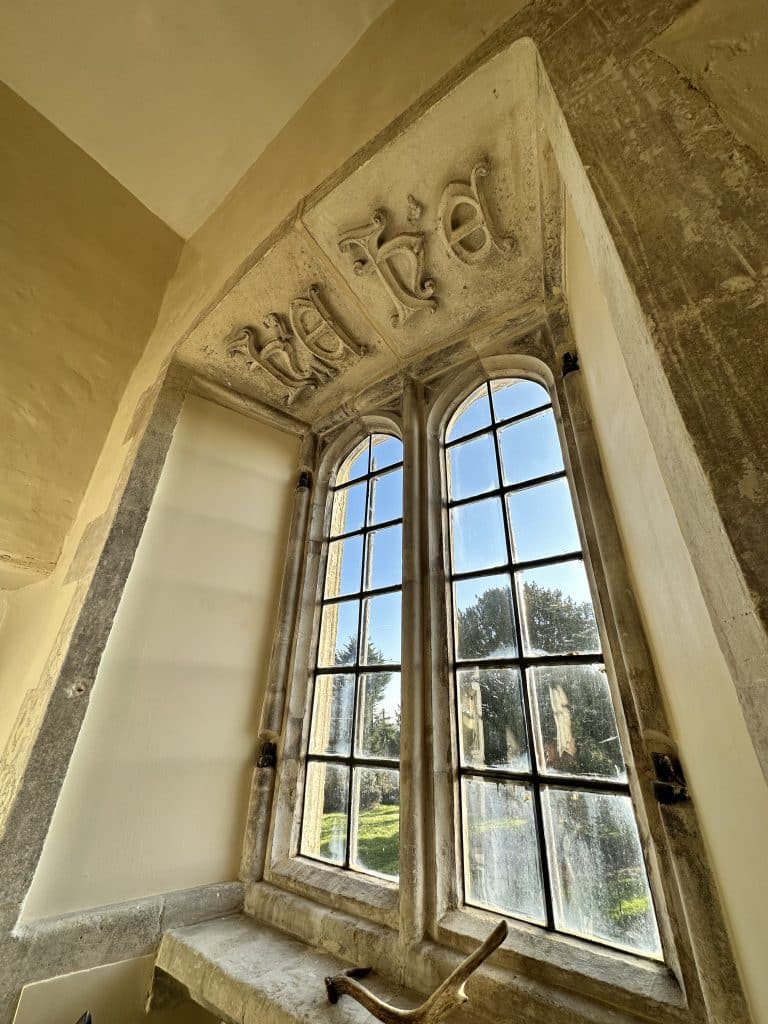
After the court had made the twelve-mile journey from Abingdon Abbey, they arrived at the Old Palace of Langley on 16 July , staying for five days. Today, perched on high ground to the south of the village of Shipton-Under-Wychwood, is the small hamlet of Langley, locally famous for being home to a site where it’s traditionally said once stood King John’s Palace. Although the Old Palace of Langley was extensively remodelled in 1858, the converted building includes Tudor walls and It’s still possible to see the initials H E, for Henry VII and Elizabeth of York, on a stone panel at the front of the farmhouse.
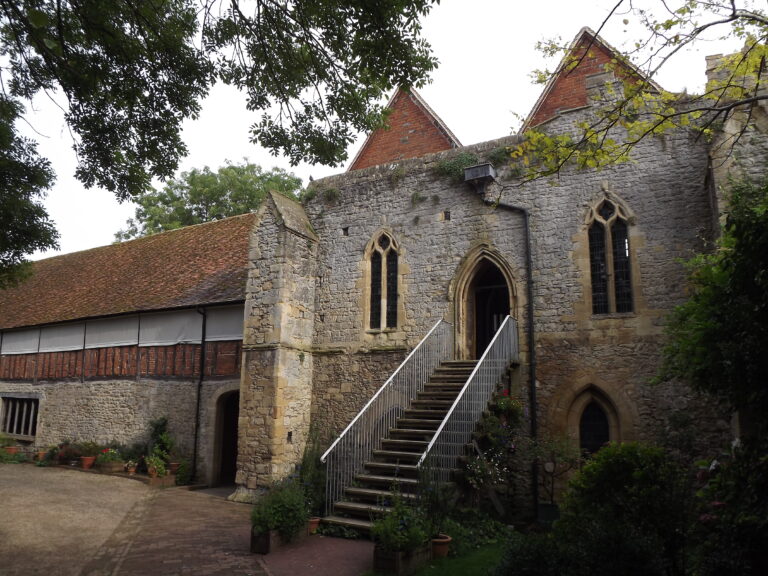
On 14 July 1535, Henry VIII and Anne Boleyn made the ten-mile journey from Ewelme to Abingdon en route to Langley. This was not the first time that the couple had relied on the hospitality of this great monastic house, as they had spent time there in late August 1532.